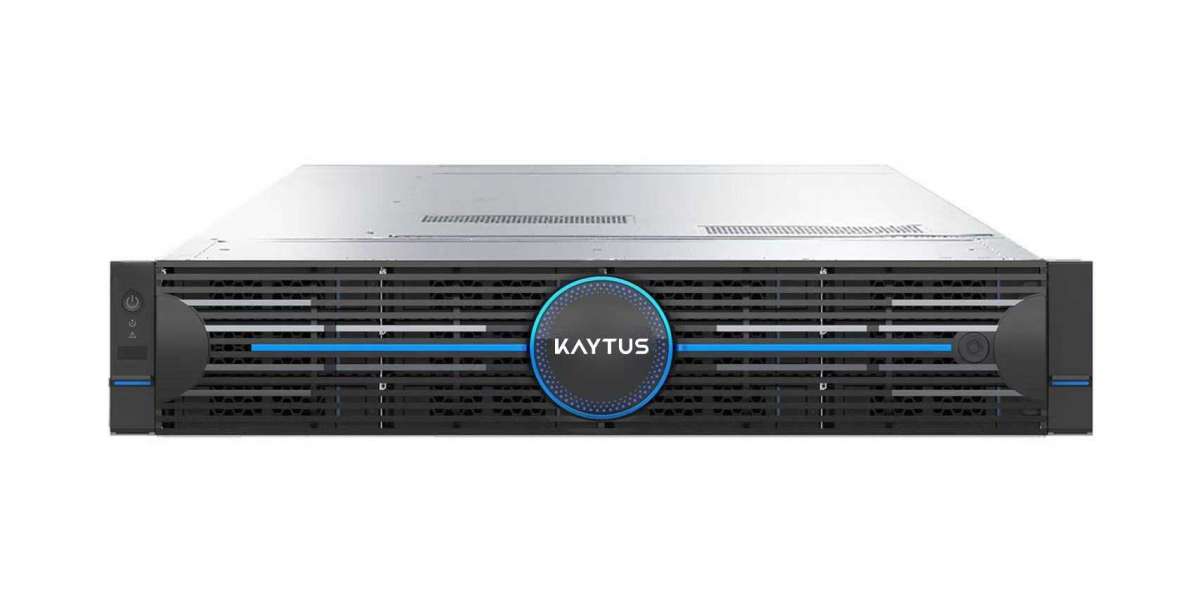At the heart of most modern IT infrastructures lies a workhorse of efficiency and power: the rack server. If you are in the market for new or refurbished equipment, navigating the vast landscape of rack servers for sale can be daunting. This guide is designed to help you understand your options and make an informed decision that aligns with your performance needs and budget.
The primary advantage of a rack server is its standardized form factor. Designed to be mounted in a server rack, these units maximize space by stacking vertically, measured in rack units (e.g., 1U, 2U). This uniformity allows for incredible density, meaning you can pack a tremendous amount of computing power into a limited physical footprint. When you begin your search for rack servers for sale, the first decision you'll face is the form factor. A 1U server is sleek and space-efficient, ideal for web hosting or lightweight applications, but may have limitations on expansion cards and storage. A 2U server offers more room for additional hard drives, powerful GPUs, or specialized networking cards, making it perfect for database management or virtualization. Larger 4U chassis are often reserved for high-performance computing (HPC) and storage-heavy tasks.
Beyond physical size, the internal specifications are where the real differentiation occurs. The processor (CPU) is the brain of the operation. Key players like Intel Xeon and AMD EPYC offer a range of cores and clock speeds. For highly parallelized tasks like running multiple virtual machines, a higher core count is beneficial. For single-threaded applications requiring raw speed, a higher clock frequency is key. Memory (RAM) is equally critical. Modern applications are memory-hungry, and insufficient RAM is a common bottleneck. When evaluating lists of rack servers for sale, pay close attention to the type (DDR4 or DDR5), speed, and the number of available DIMM slots for future upgrades.
Storage configuration is another vital consideration. The shift from traditional Hard Disk Drives (HDDs) to lightning-fast Solid-State Drives (SSDs) has been a game-changer for I/O performance. Many modern rack servers for sale support NVMe drives, which connect directly to the PCIe bus, drastically reducing latency. Your choice here will depend on your need for speed versus capacity. A hybrid approach, using SSDs for the operating system and frequently accessed data and HDDs for bulk storage, is a common and cost-effective strategy. Furthermore, look for servers with a robust RAID controller to ensure data redundancy and protection against drive failures.
One of the most significant trends in the server market is the availability of high-quality refurbished equipment. For businesses looking to maximize their IT budget, opting for certified refurbished rack servers for sale from reputable vendors can be a strategic move. These servers are often former enterprise-grade units that have been thoroughly tested, repaired if necessary, and come with warranties. They offer a compelling price-to-performance ratio, allowing you to deploy powerful hardware at a fraction of the cost of buying new. This is an excellent option for development environments, secondary backup systems, or startups needing to scale quickly without a massive capital outlay.
Finally, the vendor you choose is as important as the hardware itself. Look for suppliers who offer robust support, clear warranty terms, and a reputation for reliability. They should be able to provide detailed specifications and help you configure a system that meets your exact requirements. Whether you are building a new data center from the ground up or scaling an existing one, the process of finding the right rack servers for sale is a critical investment in your company's future. By carefully considering your form factor, processing needs, memory, storage, and sourcing options, you can deploy a robust, scalable, and efficient infrastructure that will drive your business forward for years to come.
Recherche
Messages populaires
-
 12 najkrajších vianočných rozprávok a komédií, ktoré by ste si s deťmi mali pozrieť
Par Martin Zich
12 najkrajších vianočných rozprávok a komédií, ktoré by ste si s deťmi mali pozrieť
Par Martin Zich -
 Nastavenie kategorii zobrazovania (zapnutie XXX a Software)
Par Martin Zich
Nastavenie kategorii zobrazovania (zapnutie XXX a Software)
Par Martin Zich -
 Community Hobbies in Dubai Meetups for Every Interest and Passion
Par jukulim lao
Community Hobbies in Dubai Meetups for Every Interest and Passion
Par jukulim lao -
 Strážci Galaxie celá filmová séria v jednom blogu (2014-2023)
Par Martin Zich
Strážci Galaxie celá filmová séria v jednom blogu (2014-2023)
Par Martin Zich -
 gates of olympus game
Par sasafarben
gates of olympus game
Par sasafarben



